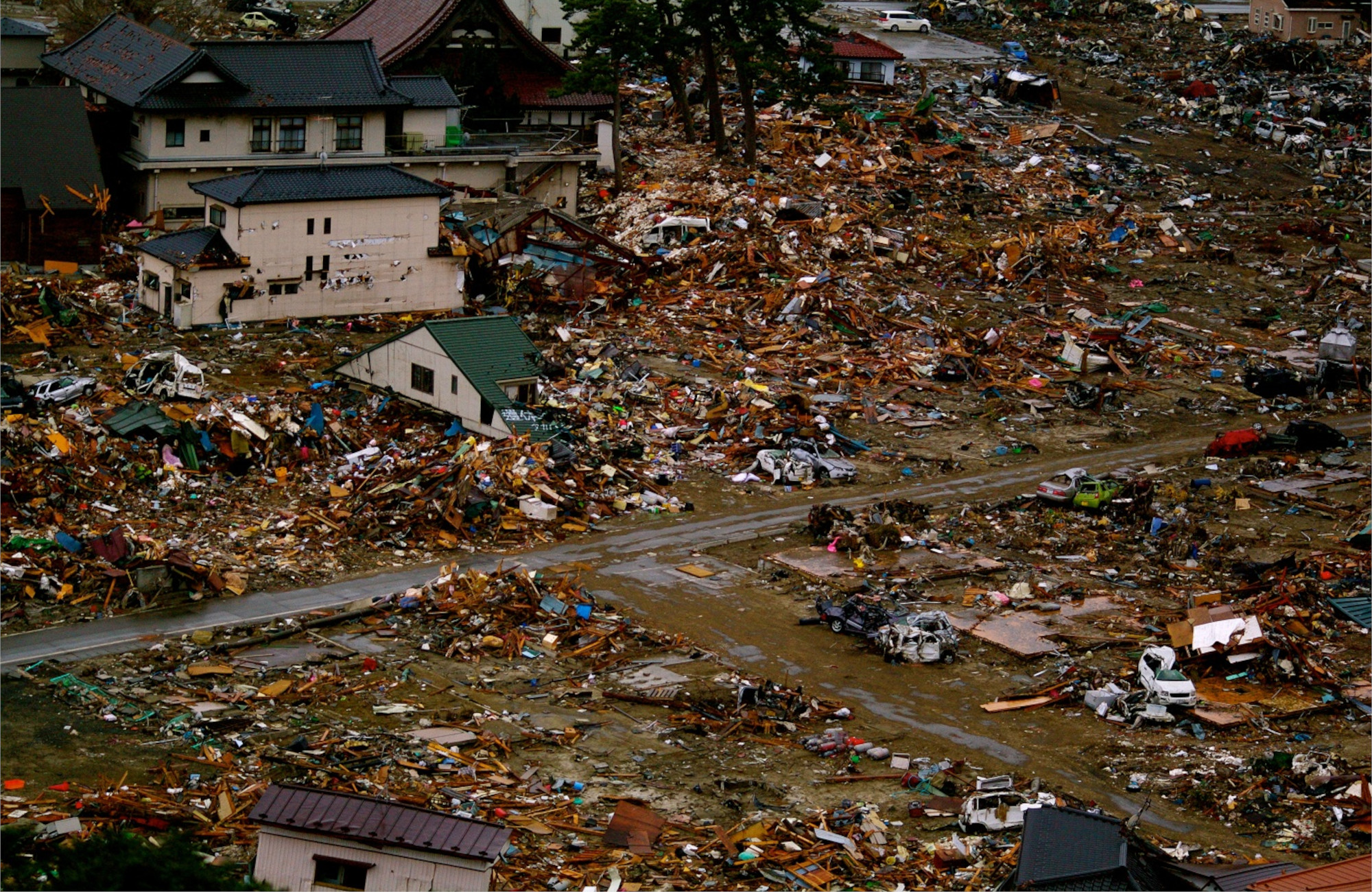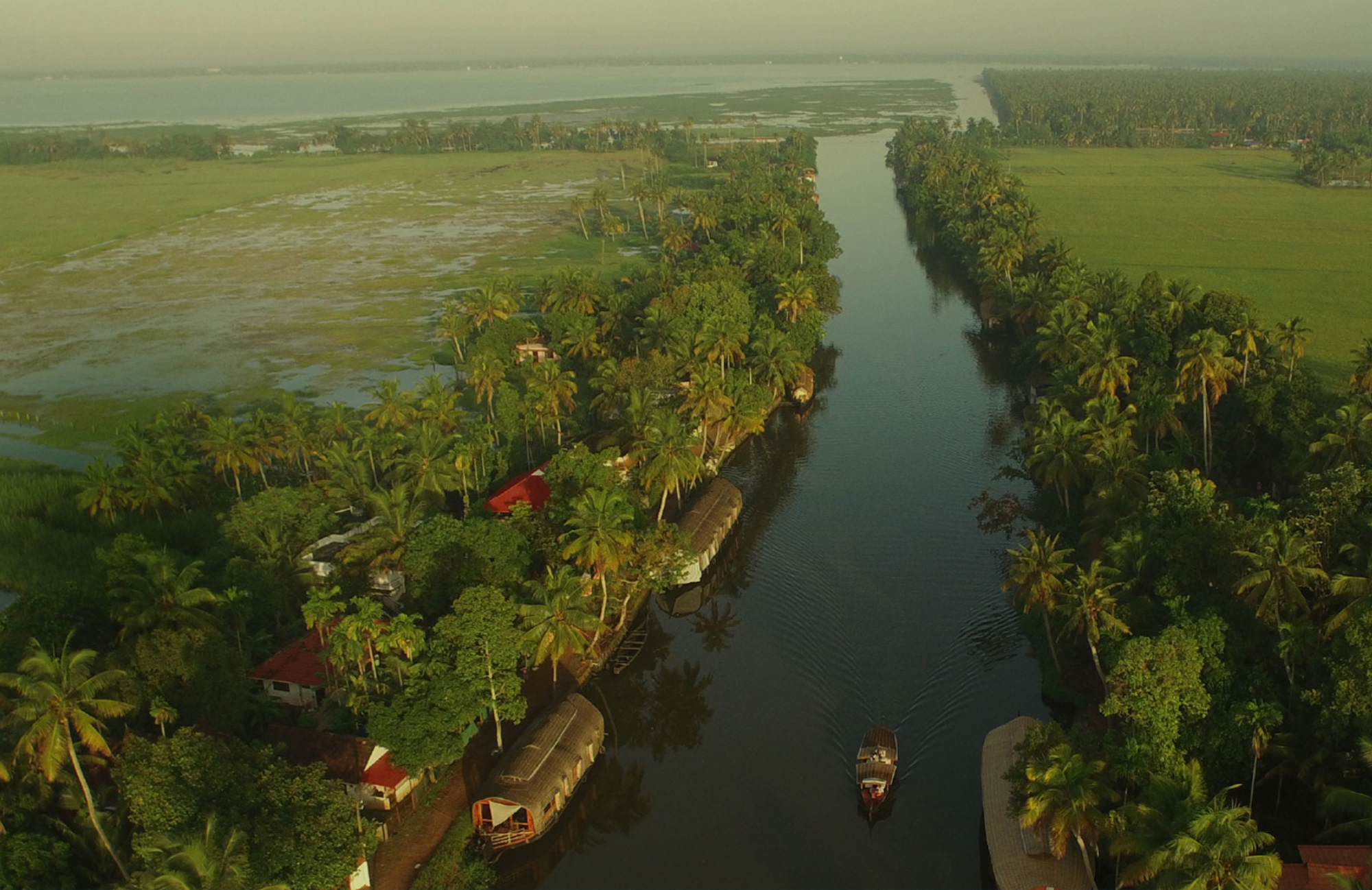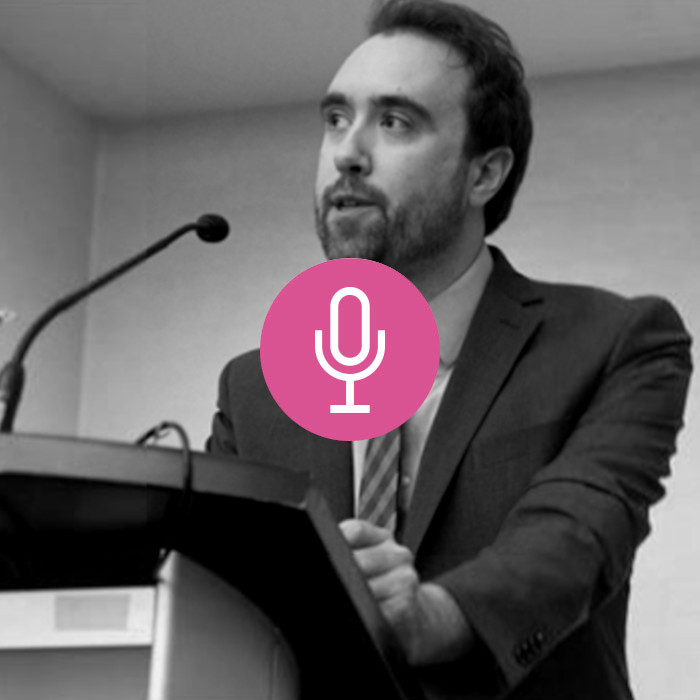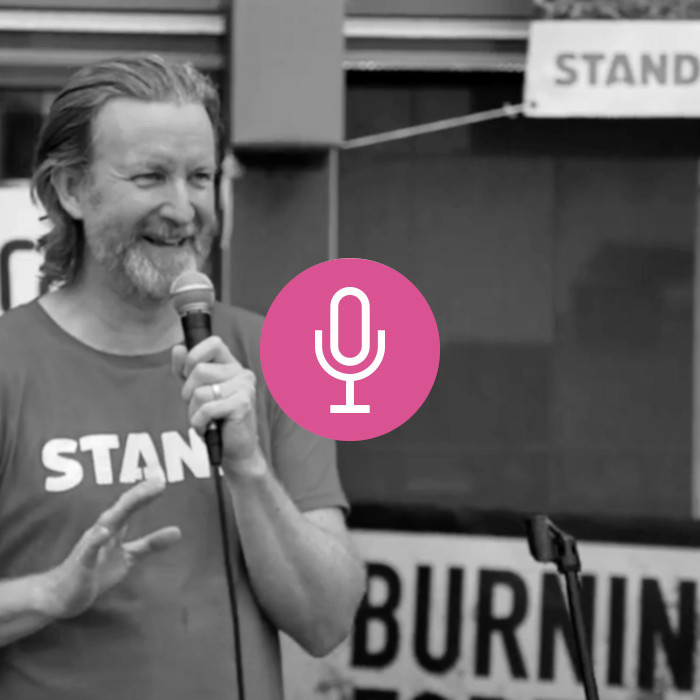- Buy Fire Weather here from Hodder & Stoughton.
- Buy Over the Seawall here from Island Press.
At 4:10pm on New Year’s Day 2024, TV shows in Japan were interrupted by emergency alerts and families cut short celebrations to run to safety. The rest of the world would soon be watching them, as a 7.6 magnitude earthquake tore through the west coast of Honshu.
The initial quake lasted one minute, but caused damage that will take years to repair. Videos on social media showed buildings being swept away and roads cracking open, buckling and bulging as if the ground were breathing.
Two months later, people remain missing and recovery efforts are ongoing. 241 people are reported dead, and the government has costed the infrastructure damage at 2.6 trillion yen ($17.6 billion).
While domestic media monitored these figures and processed the nation’s shock, foreign outlets quickly turned to debate. Had Japan prepared enough?
The earliest analysis I heard – on UK radio in the car on January 1st – praised Japan’s disaster planning. Commentators pointed to the much higher death toll from Türkiye’s 7.8 magnitude earthquake in February 2023, which killed more than 59,000 people, and Japan’s strict rules around construction, which mean that new buildings are designed to survive tremors and shakes.
Over the following days and weeks, other narratives emerged. Headlines alleged that Japan’s authorities had “failed” ageing and rural communities, and that tsunami warnings had led to deaths as people were trapped in tall buildings. Unlike Japan’s deadliest natural disaster in 2011, tsunamis were not the major cause of harm this time, so there was less need to reach high spaces. Some people would have been safer outdoors.
Adapting to a changing climate is as much about communication and social change as it is about construction and protective infrastructure. And solutions that can protect us against one problem can also lead to others. We have barely begun to understand these complex knock-on effects – which are localised and cultural – because we are still overcoming research gaps on even bigger picture issues.
Only two years ago, a seismologist at the University of Oxford told me that climate change is not increasing the risk of earthquakes. Since then, several research papers have suggested the opposite. Academics and journalists are adjusting to our new realities, but are governments and the general public? We have not got years to wait – even in the UK, adaptation needs to start happening now.
The next time I got in the car in January, I spent hours driving around in circles before giving up and going home. Severe flooding in the southwest of England had made it impossible to visit family; every road in and out of their town was closed.
Seeing problems
People see different things when they look into a coming storm. In a worst-case scenario, they see a photo-op, as with the tragic story that gives Stephen Robert Miller’s 2023 book its name.
Over the Seawall looks at three case studies in the context of climate adaptation, the first being Japan’s largest ever earthquake in 2011. Describing Miyako City’s seawall as a 57-foot tsunami approached, Miller writes that “people were so confident in its strength that they stood atop it recording images of the wave until the very moment they were washed away forever.” Miller delicately documents a hubris within Japanese politics that he clearly believes cost lives.
Other sections of the book focus on how some see opportunity in disaster, like the violent ‘shrimp mafia’ who profiteer from farmland flooding with saltwater in Bangladesh. “The fundamental risk in adaptation,” Miller says on our November 2023 podcast, “is the profitability of it.”
The shrimp mafia aggressively advocated one form of adaptation (farming shrimp instead of rice) but by destroying flood defenses, they opposed another. The embankments they broke (called ‘polders’) also made money for already-wealthy interests.
The US – through USAID – charged interest on the loans provided for the polders’ construction, and specified that US consultants be employed for the work. 35% of Bangladesh’s shrimp is now exported to the US, while “three quarters of those living in southwest Bangladesh drink water that’s dangerously saline.”
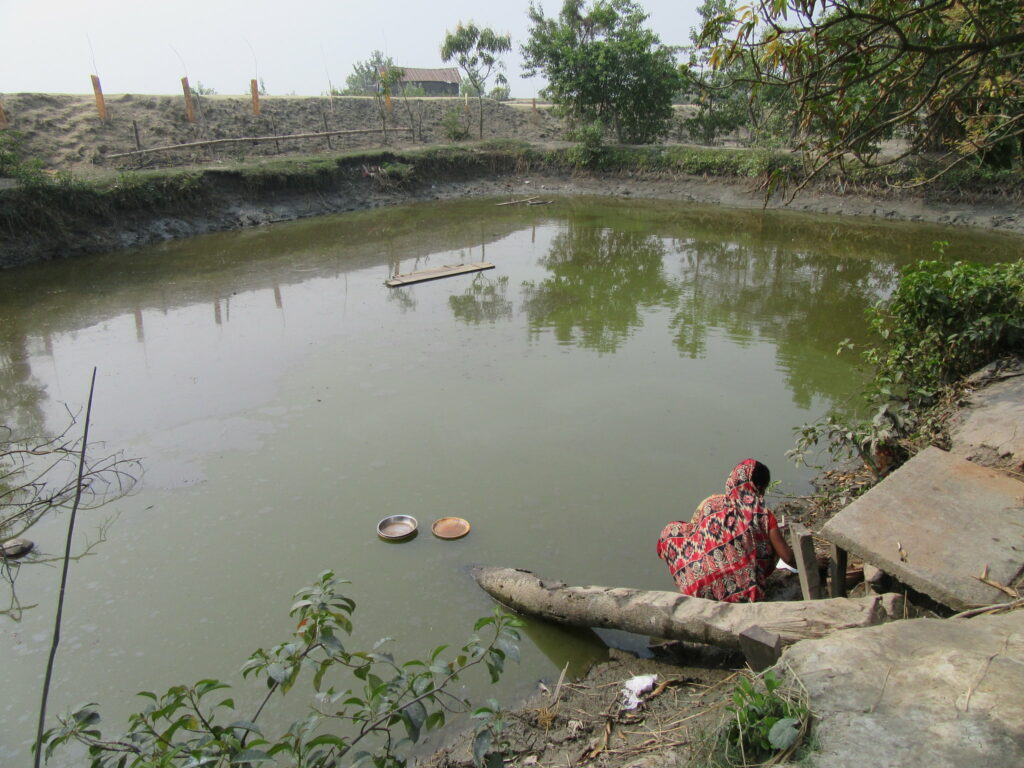
Miller includes a disclaimer saying that his academic sources “get nervous” if he suggests that “the embankments have failed entirely”. But he makes a convincing case: apart from anything else, they have repeatedly failed to protect populations from flooding.
Even if Miyako’s seawall and Bangladesh’s polders are examples of maladaptation, academic nervousness is understandable in the context of governments less committed to action than Japan or Bangladesh. Another recent book, John Vaillant’s Fire Weather, begins with the elliptical first sentence “If a tree burns in the forest and nobody sees it…in Canada, this is more than a philosophical question.”
Vaillant’s 2023 Baillie Gifford Prize-winning book is billed as “a panoramic exploration of the rapidly changing relationship between humanity and fire’s fierce energy”, but its story is less abstract. It is a socio-historical exploration of the bitumen industry in Northeast Alberta, and how a culture of denial has increased Canada’s climate risk before and after the country’s deadliest wildfire in 2016.
Vaillant crisscrosses timelines from the past to the present throughout, but the 2016 fire is always present. We follow its development as firefighters changed from asking “Where’s the fire?” to “Where isn’t it?”, and then as it became “the biggest moving thing most residents had ever seen”.
At this scale people had to rely on sound more than sight: burning forest is a “steadily intensifying freight train roar”, while houses detonating makes a more “intimate symphony of chaos” with “crackles”, “wisps”, and “pops” as different materials shatter, melt, and explode. After two weeks, “smoke had cast a pall across the entire continent – south to the Gulf Coast of Texas, east as far as the Bahamas, and northward all the way to Labrador.” Fire crews would continue to battle the blaze for months.
Smoke is not the only thing clouding vision in Canada. If nobody sees a tree burning in Alberta, people’s view might as easily be blocked by mines and refineries. Vaillant describes Fort McMurray, the “one-industry town” at the centre of both Canada’s bitumen industry and the 2016 wildfire, as a “phenomenon”. Visible from space, “skyscraping, fire-breathing” fossil fuel infrastructure dominates the landscape, so large and oppressive that “humans simply disappear.”
Vaillant details various planning issues around wildfire risk. Buildings were highly flammable and not spaced out enough, the town lacked escape routes, forestry practices and herbicides were part of the reason the fire raged on for so long. But his larger message is that we cannot protect ourselves from fire as long as our economy depends on it. The oil sands industry has understood climate risk since the 1950s, and residents describe their own home as “Mordor”. Climate-blindness is no more natural than acceptance of huge fires in the landscape – it is learned behaviour.
The 2016 fire displaced tens of thousands of people and cost $10 billion, but Vaillant’s interviews with officials “reveal virtually no talk or reflection about doing things differently in the future.” Vaillant states that a $30 million government “War Room” was founded three years after the fire to “promote Alberta bitumen while investigating, smearing, and otherwise discrediting anyone who might question or criticize that objective.”
Effective climate adaptation in any country will be a monumental task, in terms of time, investment and infrastructure. But those efforts are doomed to failure if governments – or their consultants – have the wrong priorities. The idea that citizens must critically monitor rather than trust government guidance for self-protection is heartbreaking. Hopefully not for long, but in the short term, a shift towards independent thinking may be part of adaptation too.
The Covid pandemic highlighted the difficulties in staying safe when your own instincts, government advice and the behaviour of others around you are not in sync during an emergency. But many people who have lived through natural disasters are familiar with this already.
My own experience with this was in Indonesia in 2019. I was in such a deep sleep that the shaking from a 6.1 magnitude earthquake only partially woke me. Squinting through the drowsy delirium of jetlagged sleep inertia, my first response was to look through the window to see what other people were doing. Few were taking precautions; tourists were standing aimlessly in the street and leaning over bedroom balconies. I returned to sleep.
When I woke properly, I learned with relief that there were no fatalities that day, though there were on other days that week. I was shocked by my own response: how could I have been so careless?
Just as adaptation requires a change in politics as much as infrastructure, new mindsets, habits and priorities must precede new lifestyles. Vaillant’s interviews verge on domestic tragedy as he watches young adults chase high salaries to Fort McMurray only to lose it all to subsequent addictions. Socially unprepared for the bleak environment they entered, workers rely on gambling and insobriety to escape. Fire weather, and the oil industry that feeds it, burns through their earnings and their homes.
During the day, residents repeat the mantra of “smells like money” to cope with the smoke. But you cannot adapt to life in Mordor, and it is not the smoke that made Tolkein’s Mordor scary. It is the fiery Eye, the “horrible growing sense of a hostile will” that rules over an already-scorched land, preventing it from ever healing.
Looking back and looking forward
In line with the British radio analysts discussing Japanese architecture, adaptation is often seen as an engineering challenge. Stephen Robert Miller complicates this view – it is likely that Japan still has no seawall capable of protecting towns from a tsunami as big as 2011, and Bangladeshi polder systems created as many problems as they solved.
More lives than ever before will depend on engineering this century. The most effective way to adapt may be to live differently and in different places, rather than build walls around ourselves – but cities and populations cannot be relocated or upturned drastically and quickly enough to keep up with rapidly changing risks.
Whatever compromises are necessary, it is still important to ask whether protective infrastructure is actually a means of adaptation or an attempt to avoid it. Adaptation should be sustainable, permanent if necessary: infrastructure projects weaken over time, and cost more than money.
Miller suggests two worrying trends: seawalls are destroying fishing and tourism while deterring local residents from seeking safety during disasters. And their environmental impacts are not yet fully understood. In our podcast interview Miller discussed their impact on wave pressures, beaches, erosion, and fish populations: “there is a whole system behind these walls.”
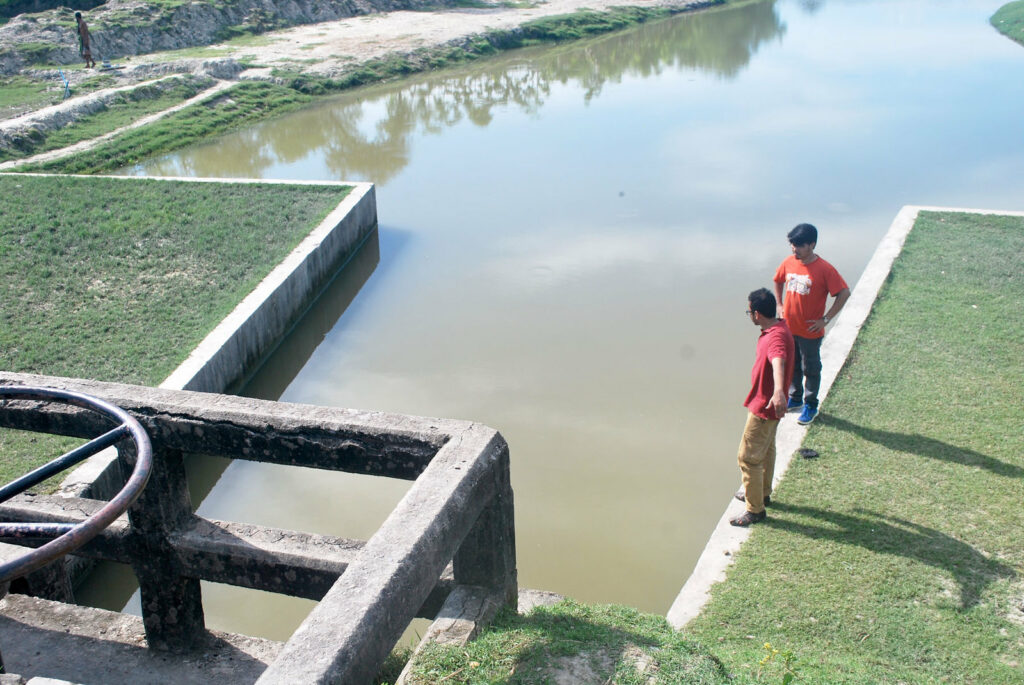
Miller’s key question is voiced by Professor Dilip Datta at Khulna University; “Who are we adapting for?” Discussing flooding in Bangladesh, Datta says that embankments might protect one generation of people, but will then cause problems for “hundreds of years”. Alternatively, a gradual process of tidal river management might force people to live with flooding for two generations, but then “the problem will ease over time.”
Polders and seawalls are examples of a decline in older methods of flooding and earthquake management in both Bangladesh and Japan. Industrial growth has overruled Indigenous environmental management, as documented in Miller’s third case study about water systems in Arizona, and in Vaillant’s analysis of Canadian forestry.
Whether traditional ecological knowledge can cope with the unprecedented challenges of the 21st century remains to be seen. Both the 2011 Great East Japan Earthquake and the 2016 Fort McMurray wildfire were record-breaking events that exceeded government models for risk analysis. But to what extent was that analysis led astray by corporate priorities?
Vaillant explains in detail how mid-twentieth century studies “predicted virtually everything now coming to pass.” Miller discovered during interviews with social and environmental historians that government models marking 2011-scale tsunamis as once-per-millennium events ignored more recent historical examples. Not that this approach could make accurate projections now anyway: the frequency of such events is increasing to rates far beyond historical patterns. We are living in a new climate.
Japan has learned many lessons since 2011, and Vaillant notes how risk assessment firms have repeatedly downgraded Alberta’s credit rating over the past five years. Decisions are now being made about how to reduce that risk, in Alberta as well as elsewhere. If those decisions involve choosing between current and future generations, it is vital they involve both local populations and academics from various disciplines.
Miller described Professor Datta as “having been ignored by the establishment for so long that perhaps he doubted anyone was listening.” The establishment and the general public must now visualise the future we are aiming for, and be prepared to change for it. Successful adaptation will involve an array of incredibly difficult challenges, none of which we can confront without changes in mindset. Now is the time to listen, and to stop enjoying the smell of smoke.
Bertie Harrison-Broninski is a Senior Editor at Land and Climate Review.
Further reading:
- Bioeconomy
